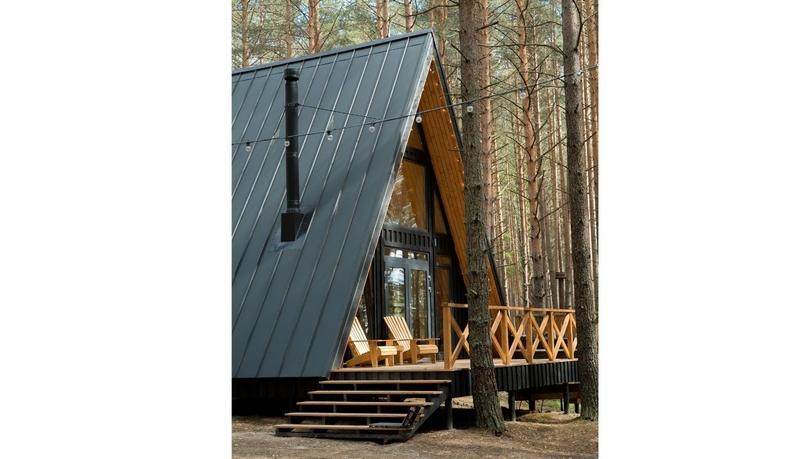News
Recent News
From now on, wooden buildings can be built taller and larger.
Published Tuesday, 09 December 2025The Saeima establishes a single application for construction and property registration.
Published Friday, 14 November 2025The apartment owners’ association will be able to receive loans for the renovation of residential buildings.
Published Thursday, 13 November 2025Due to technical issues at LVRTC, the operation of the BIS has been affected
Published Thursday, 13 November 2025Requirements for building works have been standardized in the Building Regulations in certain cases
 Published
Wednesday, 13 December 2023
Published
Wednesday, 13 December 2023
The information was translated using the ChatGPT service.
In a meeting held on December 12, 2023, the Cabinet of Ministers approved amendments to the Building Regulations, which will harmonize requirements for the same type of building works.
The changes aim to standardize requirements for building works that can be undertaken using either a notification or explanatory statement procedure during the construction process. This will ensure that such building works are not subject to different conditions, which are unverifiable from data registered in the construction information system and complicate the supervision process.
The unified requirements will assist project initiators in choosing an appropriate construction process for buildings and reduce the application of different regulations by building authorities, including the decision-making process. Moreover, these changes will reduce the time needed to commence and complete building works, as in certain cases, there will be no need to wait for a decision from the building authority, which is made within 10 working days.
Previously, the regulation included several exceptions for simplified procedures, complicating the supervision process. Therefore, exceptions set in the notification and explanatory statement procedures have been clarified.
Until now, the construction process for first-group seasonal buildings varied depending on their location, such as in a forest, public space, or outside it. Moving forward, all first-group seasonal buildings (single-storey buildings with a built-up area of up to 60 m², greenhouses, sheds, arbors, kiosks, cafes, etc.), which are used for no longer than a year and are demolished by the end of this period, can be built without documents (without building authority consent).
Previously, auxiliary buildings could only be constructed under the notification procedure in areas outside cities and public spaces, while in other cases, such construction required an explanatory statement. Now, auxiliary buildings (small buildings), regardless of location, can be built under the notification procedure by just notifying the construction information system without waiting for building authority consent.
Likewise, until now, the construction or reconstruction of cellars in first-group buildings, single apartment buildings of the second group, auxiliary buildings, or non-residential agricultural buildings in load-bearing structures could only be done under the notification procedure in areas outside cities and not visible from the street. From now on, regardless of the building's location, cellars in the aforementioned buildings can be constructed under the notification procedure by just notifying the construction information system without waiting for building authority consent.
Until now, the demolition of second-group auxiliary buildings could be done under the notification procedure, but similar types of buildings, such as second-group agricultural buildings, required an explanatory statement. Going forward, second-group agricultural buildings can be demolished in the same manner as second-group auxiliary buildings - with a notification about construction.
To provide greater clarity and necessary information about construction intentions that cannot be depicted graphically, explanatory descriptions (textual information) will now need to be included in construction intention documents for the notification procedure. This information will be useful for building authorities for legal control, as well as for the State Land Service for registering or updating cadastral data in the National Real Estate Cadastre Information System.
Additional information about the approved amendments to the Cabinet of Ministers' Regulations No. 529 “Building Regulations” of September 2, 2014, is available on the Unified Legal Acts Portal.
Economics Ministry Public Relations Department prese@em.gov.lv